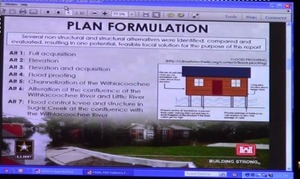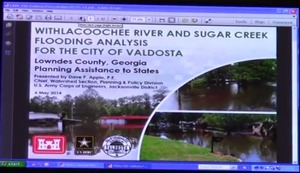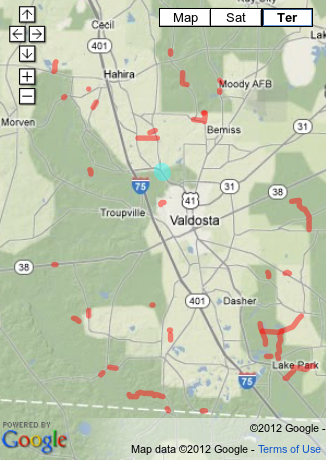Will they take ten minutes to consider all these agenda items? They’re meeting right now.
LOWNDES COUNTY BOARD OF COMMISSIONERS PROPOSED AGENDA
WORK SESSION, MONDAY, SEPTEMBER 22, 2014, 8:30 a.m.
REGULAR SESSION, TUESDAY, SEPTEMBER 23, 2014, 5:30 p.m.
327 N. Ashley Street – 2nd Floor
- Call to Order
- Invocation
Only in the Regular Session.
- Pledge of Allegiance to the Flag
Only in the Regular Session.
- Minutes for Approval
- Public Hearing
- For Consideration
- Abandonment of Unopened Right of Way off Water Oak Drive
- Section 5311 Rural Transportation Program Operating Contracts
- Leila Ellis Social Services Building-Approval of Lease Agreements
- GEMA Performance Partnership Agreement (FY 2014)
- USGS Funding Agreement for Hwy 122 Stream Gauge
- Public Safety Radio System Upgrade
- Reports-County Manager
- Citizens Wishing to be Heard Please State Name And Address
Only in the Regular Session.
-jsq











